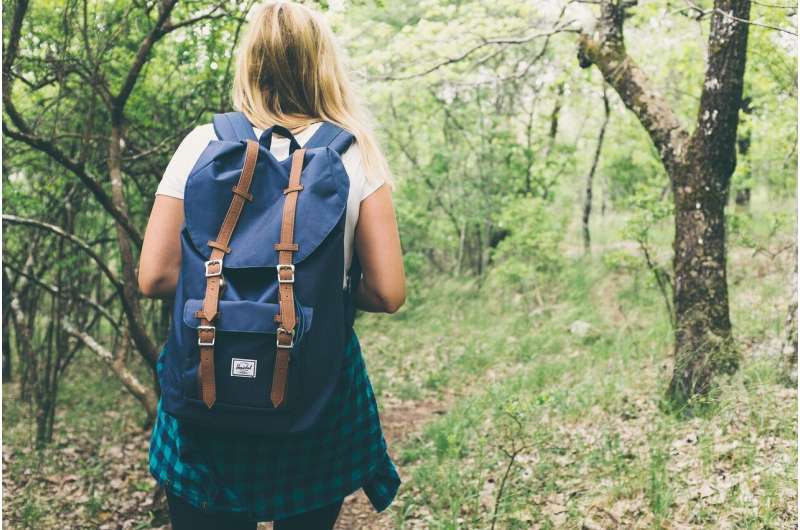Study finds most Australian teens not doing enough physical activity

Nearly 90 percent of Australian children aged 11 to 17 are not meeting current recommendations on daily physical activity, according to an international study by researchers at the World Health Organization.
The study, published today in The Lancet Child & Adolescent Health, and co-authored by The University of Western Australia's Professor Fiona Bull, says that recommendations of one hour per day are not being heeded.
Professor Bull said urgent action was needed in Australia and all other countries to improve physical activity levels and particularly among teenage girls.
The health benefits of a physically active lifestyle during adolescence include improved cardio-respiratory and muscular fitness, bone and cardio-metabolic health, and positive effects on weight, she said.
"These benefits improve the health and wellbeing in this generation and are an investment in the health of their future adulthood," she said.
"There is also growing evidence that physical activity has a positive impact on physical, social and cognitive development and it provides an important forum/mechanism/context for teenagers to socialize. Current evidence suggests that many of these benefits continue into adulthood."
The authors estimated how many adolescents were not meeting the recommendation by analyzing data on physical activity levels through school-based, self-report surveys.
The assessment included all types of physical activity, such as time spent in active play, recreation and sports, active domestic chores, walking and cycling or other types of active transportation, physical education and planned exercise.
"The findings of this study highlight that although young people have the right to play and should be provided with the opportunities to realize their right to physical and mental health and wellbeing, we are collectively failing for many teenagers around the world," she said.
"Strong political will and investment in the actions we know work, can address the fact that four in every five adolescents do not experience the enjoyment and social, physical, and mental health benefits of regular physical activity".
Professor Bull said countries must use these results as the catalyst for cross-government efforts to develop or update relevant policies and commit to allocate the necessary resources to implement actions that would support an increase in opportunities and physical activity.
"Policies should increase all forms of physical activity, including through physical education that develops physical literacy, more sports, active play and recreation opportunities—as well as providing safe environments so young people can walk and cycle independently," Professor Bull said.
"Comprehensive action requires engagement with multiple sectors and stakeholders, including schools, families, sport and recreation providers, urban planners, and city and community leaders."
More information: Regina Guthold et al. Global trends in insufficient physical activity among adolescents: a pooled analysis of 298 population-based surveys with 1·6 million participants, The Lancet Child & Adolescent Health (2019). DOI: 10.1016/S2352-4642(19)30323-2


















